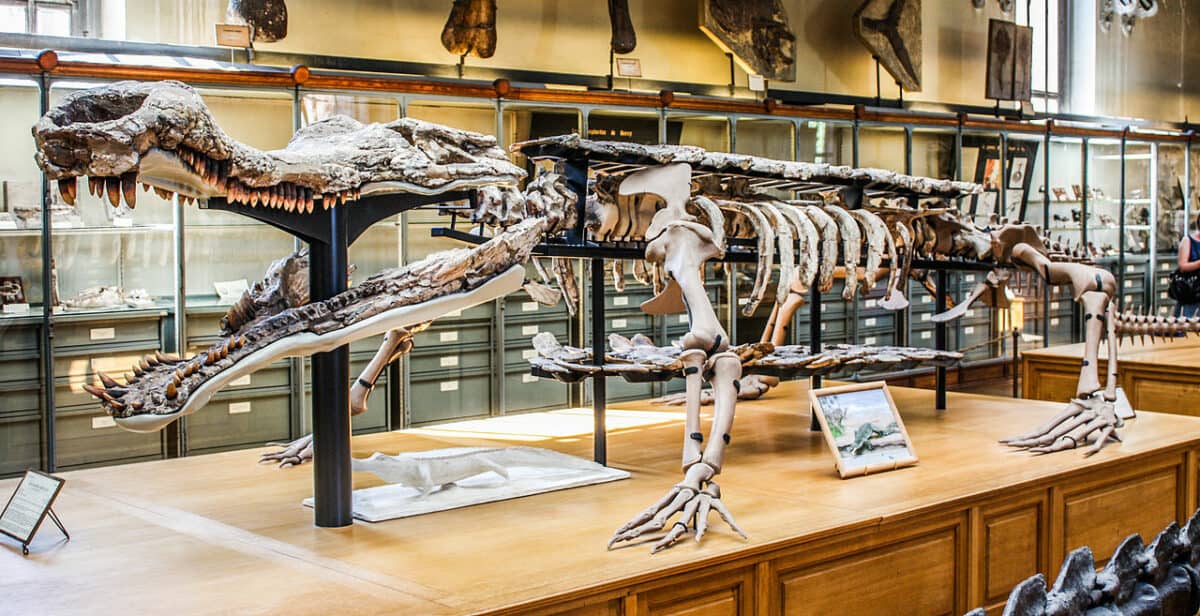Welcome to the world of the largest alligator vs. the largest crocodile! In the realm of ancient reptiles, size, strength, and predatory prowess reigned supreme. Among the titans of prehistoric waters, two stand out: Deinosuchus hatcheri, the largest ever alligator, and Sarcosuchus imperator, the colossal crocodile. While modern iterations of these creatures may seem impressive, pitting the largest of their kind against each other reveals a truly epic showdown. Let’s delve into the depths of history to witness the clash between these ancient behemoths.
Comparing the Giants
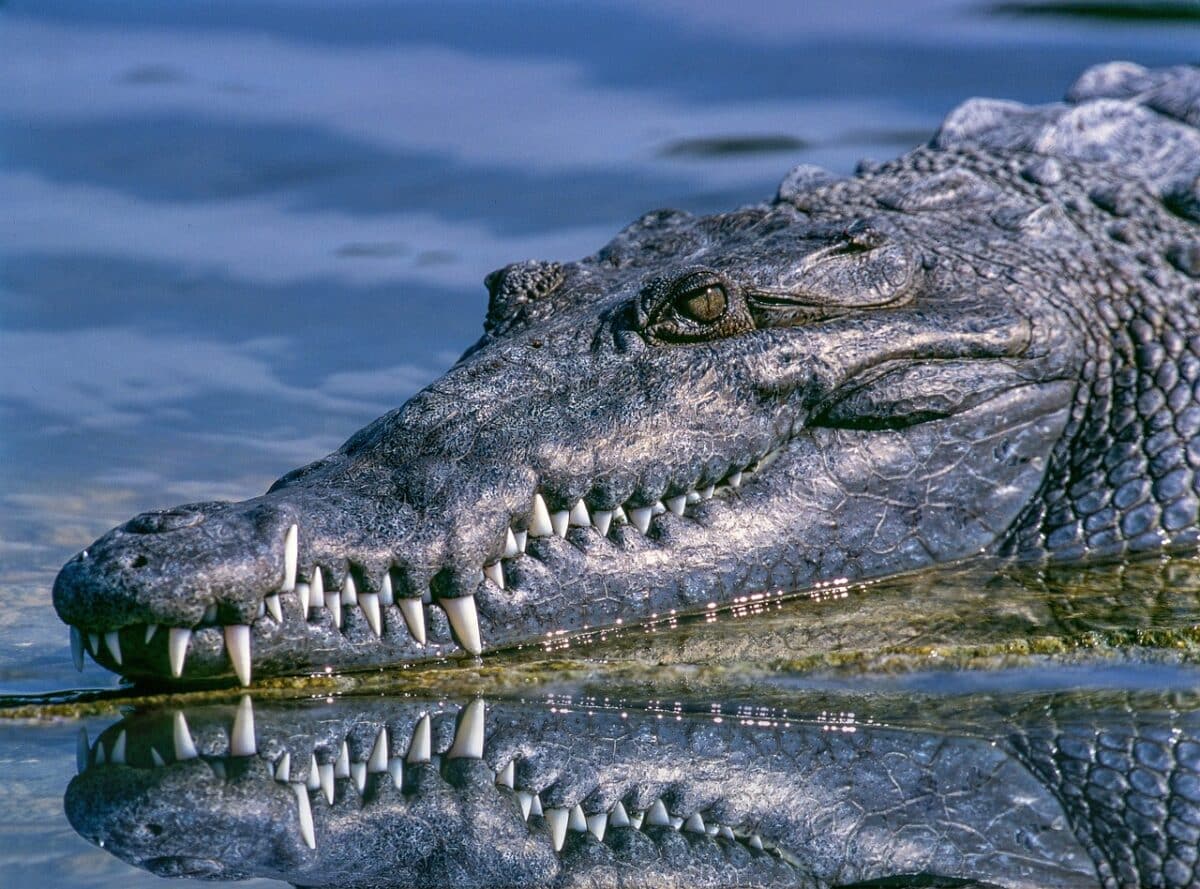
| Criteria | Largest Ever Alligator | Largest Crocodile |
|---|---|---|
| Scientific Name | Deinosuchus hatcheri | Sarcosuchus imperator |
| Size | Weight: 5,500 – 11,000 lbs Length: 26 – 39 ft | Weight: 6,800 – 9,400 lbs Length: ~31 ft |
| Location | North America | Africa |
| Behavior | Ambush predator, apex predator | Ambush predator, apex predator |
| Hunting Techniques | Ambush prey near water, death roll | Ambush prey near water, powerful bite |
| Diet | Large mammals, dinosaurs | Large mammals, dinosaurs |
| Lifespan | Estimated to be several decades | Estimated to be several decades |
| Conservation Status | Extinct | Extinct |
Size Matters

When it comes to sheer size, Deinosuchus takes the crown. With estimates placing its weight between 5,500 to 11,000 pounds and lengths of up to 39 feet, this ancient alligator dwarfed its crocodilian counterpart, Sarcosuchus. While Sarcosuchus was no slouch, weighing in at 6,800 to 9,400 pounds and reaching lengths of approximately 31 feet, it couldn’t match the colossal proportions of Deinosuchus.
Speed
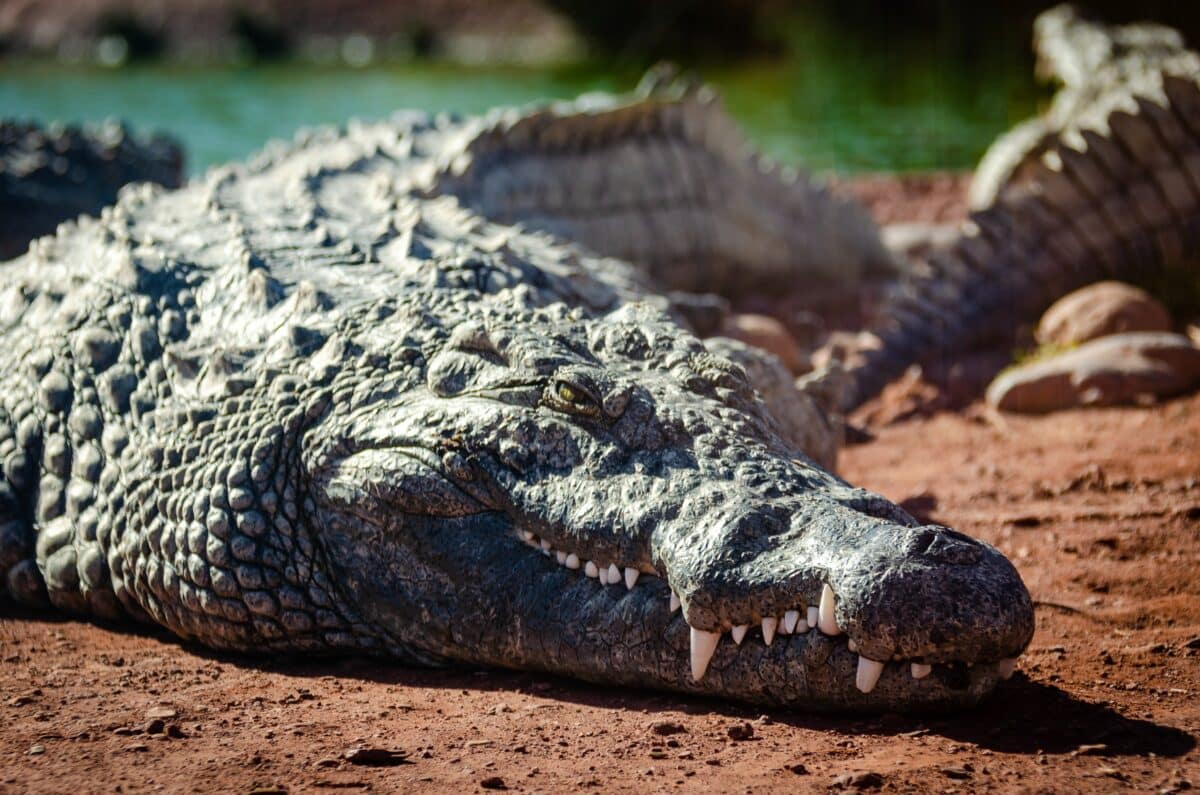
Both Deinosuchus and Sarcosuchus likely navigated waterways with finesse, utilizing their streamlined bodies for swift movement. While their exact speeds on land remain unknown, in water, they were formidable predators. Modern counterparts of these ancient giants, like saltwater crocodiles, can reach speeds of 15 to 18 mph, ensuring swift pursuit of prey.
Defensive Prowess and Offensive Arsenal
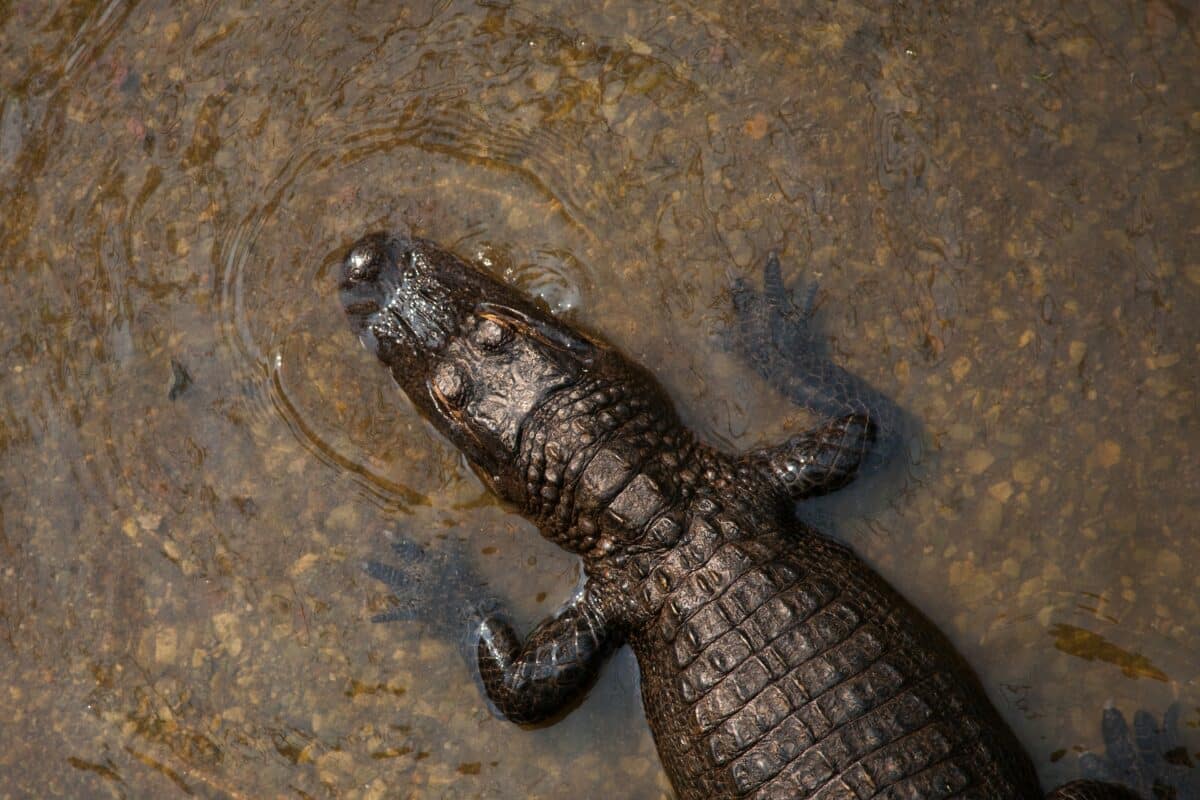
With thick, reinforced bodies adorned with osteoderms and tough skin, both Deinosuchus and Sarcosuchus were veritable fortresses of scales. These natural armors made them formidable adversaries, providing protection against potential threats and enabling them to withstand considerable force.
Armed with rows of razor-sharp teeth and powerful jaws, both Deinosuchus and Sarcosuchus were apex predators capable of delivering devastating bites. Deinosuchus boasted a bite force of approximately 23,100 PSI and employed tactics like the infamous death roll to dispatch prey. Sarcosuchus, while slightly trailing in bite force with around 18,000 PSI, compensated with a formidable array of teeth and sheer brute strength.
Wrapping Up with the Largest Alligator vs. The Largest Crocodile
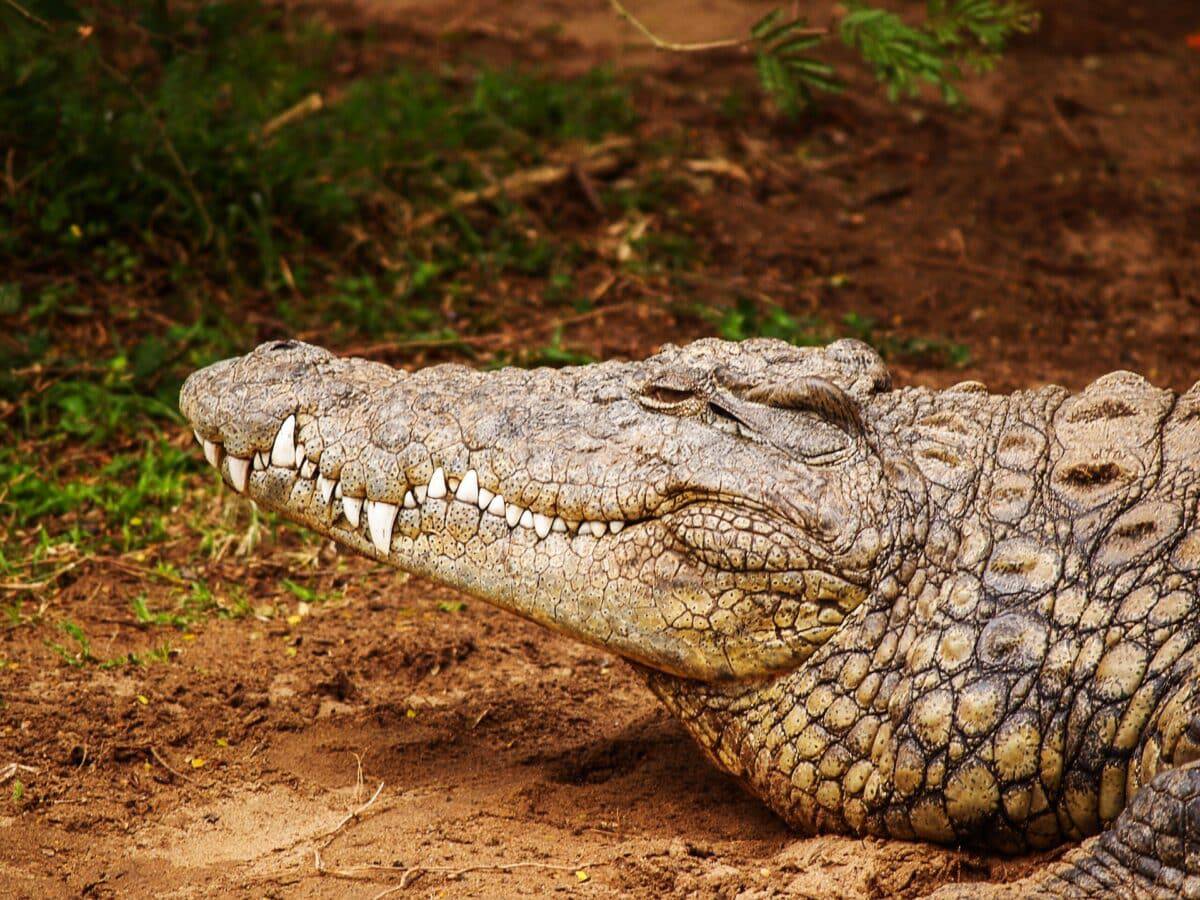
In the realm of ancient reptiles, size truly mattered. From the towering might of Deinosuchus to the formidable strength of Sarcosuchus, these prehistoric giants ruled the primordial waters. While their reign may have ended eons ago, their legacy lives on. As legends of the prehistoric world, they remind us of the awe-inspiring wonders that once roamed the Earth’s depths.
Thank you for following along with this article –
Next up in the animal kingdom:
- Feral Cat Finds Comfort In A Tiny Home Built Just For Him In California - April 26, 2024
- Watch 5-Foot Lancehead Snake Set New Size Milestone - April 26, 2024
- Watch Rare Encounter: The Largest King Cobra in Action in Thailand - April 26, 2024

